Introduction
There are 3 ways to use this page.
- First, if you want a quick course,
watch a video on CRISPR and DNA. It's not as detailed as what's included below, but it can get you started. - Second, you can read the entire page with all the details, starting with the basics of DNA.
- Third, if you want a short refresher, jump to the summary.
Watch a short introduction on CRISPR
DNA
Your body is made up of trillions of cells and each cell performs a unique job to help your body run. But how do your cells know what to do? Each cell has its own copy of DNA inside the nucleus. DNA stands for deoxyribonucleic acid. You can think of DNA as the instructional manual that tells your cells what to look like and what to do.
DNA is made up of smaller molecules called nucleotides. These nucleotides are made of smaller molecules called nucleobases, along with other molecules that help attach these together in long strings. There are four different kinds of nucleobases that are strung together to form DNA: adenine (A), thymine (T), cytosine (C), and guanine (G). DNA is double-stranded, which means it's made up of two long strands of nucleobases that are paired together in a specific way. Adenine pairs up with thymine, while cytosine pairs up with guanine. The two strands of nucleobases twist around each other to form a shape called a double helix.
Long sections of nucleobases make up genes, which are specific instructions for the cell. Since DNA is like an instruction manual, we can think of nucleobases as the letters and genes as the words. When genes have the correct sequence of letters, the cell can do all of the complex jobs needed to survive.
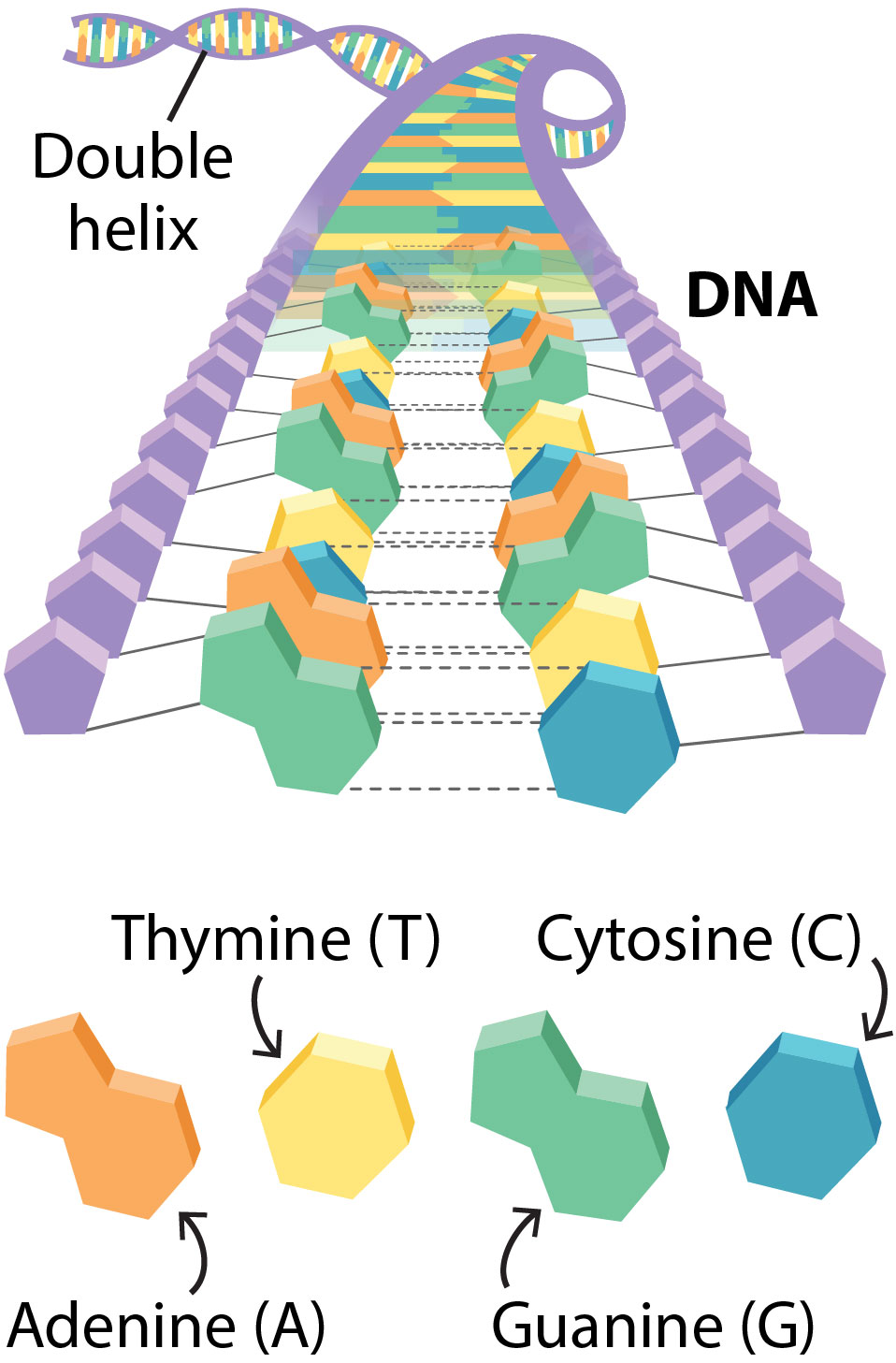
Proteins
While DNA is the instruction manual for your cells, it doesn't actually do any work for the cell directly. Cells have help from molecules called proteins to do the work for them. There are many different kinds of proteins that do different tasks. Some proteins move material in and out of the cell. Other proteins help run the many chemical reactions happening inside the cell. Just like DNA is made up of building blocks called nucleobases, proteins are made up of building blocks called amino acids. The DNA sequence tells the cell what kinds of amino acids should be strung together to make a protein.
In DNA, the nucleobases are arranged in

RNA
Another kind of molecule that stores information in a way similar to DNA is RNA, which stands for ribonucleic acid. RNA is made up of nucleobases that are almost the same as those found in DNA. The nucleobases found in RNA are adenine (A), cytosine (C), guanine (G) and uracil (U). Did you spot the difference between the nucleobases of RNA and DNA? RNA does not have thymine. Instead it has a nucleobase called uracil (U).
RNA is single-stranded, which means that RNA is made up of only one strand of nucleobases linked together. RNA can pair with a single strand of DNA and is complementary to the DNA. When RNA and DNA are paired, adenine pairs up with uracil while cytosine pairs up with guanine. Base pairing rules are very important for both DNA and RNA!
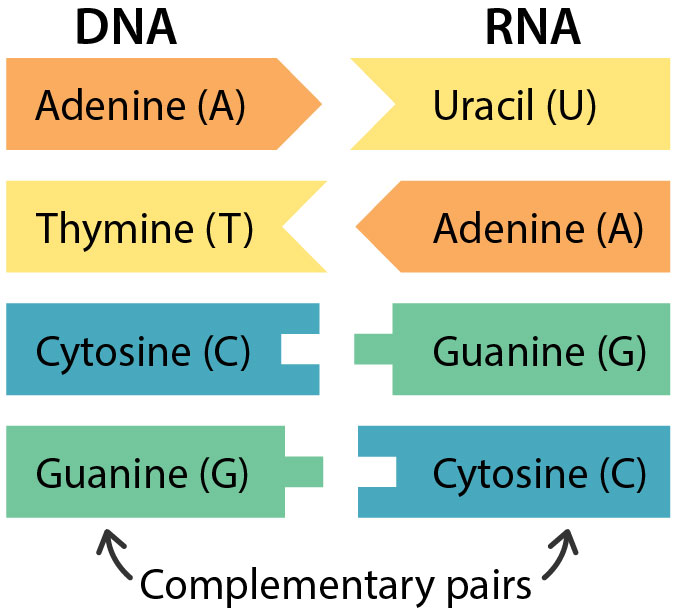
CRISPR toolset
Scientists have been interested in gene editing for a long time. But until very recently, editing DNA was slow, difficult, expensive, and inaccurate. One approach involved using chemicals or radiation to make changes in DNA. Unfortunately, these changes were random, and scientists had very little control over how the DNA was changed. Another technique uses viruses to deliver and replace genes. But it wasn't always very reliable since the virus often inserted genes in the wrong places. There was also a tool called "zinc finger nucleases" that allowed scientists to cut DNA at specific points, but it was difficult to use and very time-consuming.
In 2012, scientists discovered an easier and more effective way to edit DNA. This tool is called CRISPR-Cas9, or CRISPR for short. CRISPR was a huge breakthrough because it was quick, precise, affordable, and easy to use. The CRISPR toolset needs three different tools to work. It needs a piece of RNA called the guide RNA, a special protein called Cas9, and a new section of designed DNA called the DNA template. Let's look more closely at the process of editing genes with the CRISPR toolset.
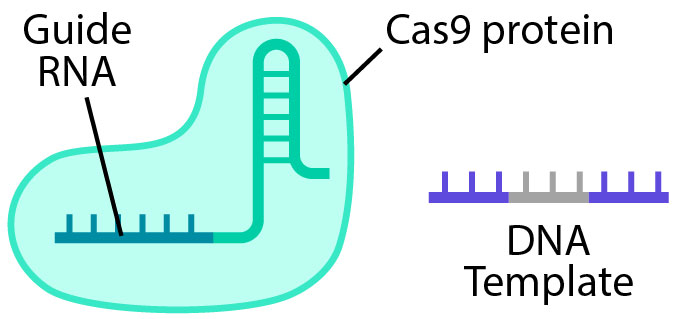
1. Target DNA and Guide RNA
First, we need to decide what DNA to edit, which is called the target DNA. The target DNA is usually a gene that we're interested in, such as a gene that controls eye color in fruit flies.
The job of the guide RNA is to take the CRISPR toolset to the target DNA. Each cell has all of its DNA stored in the nucleus, and that DNA can be thousands or even billions of nucleobases long! The guide RNA finds the specific section of target DNA because it's complementary to it. The guide RNA is made up of a specially designed sequence of nucleobases that will base pair to the target DNA.

2. Cas9
The second tool in CRISPR is Cas9. Cas9 is a protein with one main job: cut DNA. Once the guide RNA finds the DNA we want to edit, Cas9 cuts the DNA. It cuts both strands of the DNA, which is called a double-stranded break. You can think of Cas9 as the scissors of the CRISPR toolset.

3. DNA Template
Finally, we need to design a new section of DNA called the DNA template. The DNA template lets us add the edits we want to make to a gene. For example, our edits could turn off a gene, or it could change the trait that a gene controls.
The DNA template is made up of a new section of DNA that has specific nucleobases on each end. The nucleobases on the ends of the designed DNA must match the ends of the original DNA where it is cut. These specific nucleobases help with the cell's repair process. The cell will align the DNA template to the original DNA strand so these parts overlap. The area in the middle is the new gene that should be added to the original DNA. Once lined up, the cut is repaired in the original DNA by adding new nucleobases that match the DNA template.
Remember, the cell isn't adding our DNA template into the original DNA. Instead, it's using the DNA template as a reference. The cell adds new nucleobases into the original DNA by matching the nucleobases found in the DNA template.
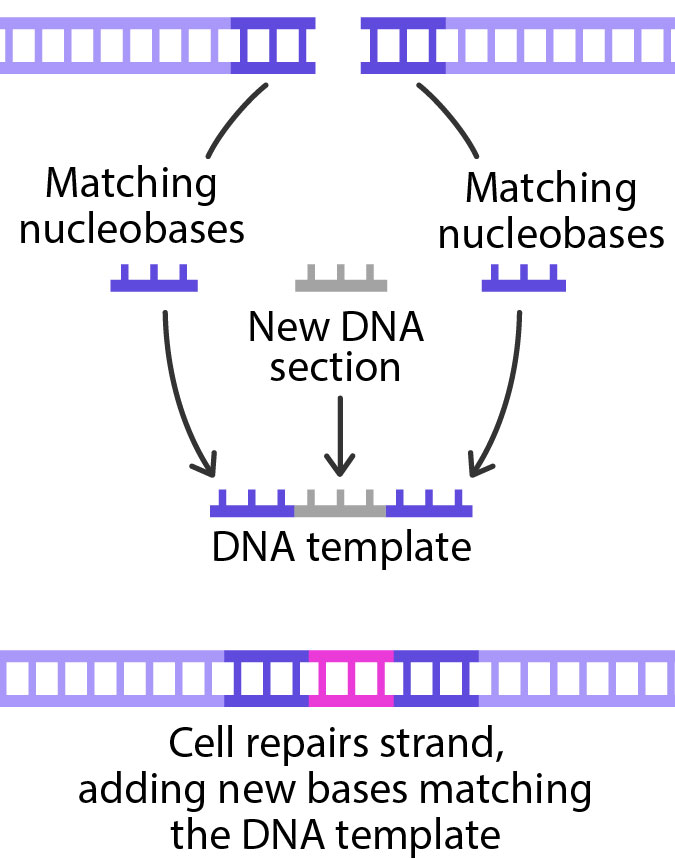
Double checking gene edits
Scientists use next generation sequencing alongside CRISPR to make sure their edits are correct. Sometimes, the changes made by editing DNA are not easy to see (such as editing a gene that changes behavior). CRISPR can also make mistakes and accidentally edit the wrong section of DNA. This can be very bad for the cell. So, scientists use next generation sequencing to check the specific order of nucleobases and make sure the edits are correct.
Next generation sequencing
DNA is made up of different nucleobases strung together. The specific order of nucleobases tells the cell what to do with a section of DNA. Learning the specific order of nucleobases is called sequencing. One of the easiest and quickest ways to sequence DNA is next generation sequencing. This process has five main steps.
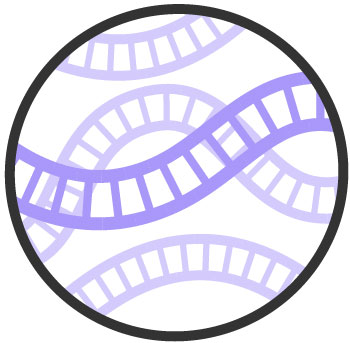
1. Isolate DNA
Scientists collect a sample and isolate the DNA from the cells, using enzymes and a centrifuge.

2. Fragment DNA
Enzymes are used to break the DNA into smaller fragments. Adaptors (small sections of DNA) are added to both ends of the DNA fragments.
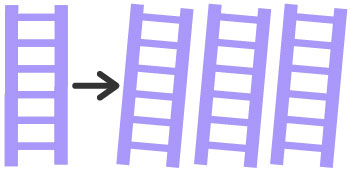
3. Amplify DNA
A method called polymerase chain reaction (PCR) is used to make millions of copies of the DNA fragment that scientists are interested in.

4. Sequence DNA
The DNA fragments are attached to a flow cell. Scientists use fluorescent nucleobases and lasers to figure out the sequence of DNA in their sample.

5. Analyze results
Scientists compare their DNA sequence to existing genome libraries to find out what genes are present.
Gene therapy in medicine
Now that you understand how CRISPR works, let's take a look at one of the most important ways that CRISPR can be used to help improve people's lives: curing life-threatening diseases. Every person is different and unique. Every person looks and acts differently than someone else. Even how our bodies work on the inside–our organs and cells and DNA–is different! So, when it comes to medicine, sometimes the same treatment won't work for everyone. Instead, doctors can create a treatment that works for a single person and their unique body. This is called personalized medicine.
A person's DNA sequence, or genome, is one of the most important tools for doctors to help them find a personalized treatment. Doctors look at a person's genome with the help of powerful computer tools. Then, doctors learn what treatments that person will respond to the best. Personalized medicine is used for different kinds of diseases, such as cancer.
Leukemia is a cancer of blood cells. It's caused when the DNA sequence found in one blood cell changes, which is called a mutation. Changes in the DNA sequence, or mutations, can be very bad for the cell. In the blood cell, the mutation causes it to keep dividing. Soon, there are lots and lots of unhealthy blood cells that cause harm to the body.
T-cells are a kind of blood cell that work for the immune system. They help your body fight infection and even cancer. But, cancer cells are very good at hiding from the T-cells. Cancer cells pretend to be healthy cells to keep the T-cells from recognizing them. So, the immune system in cancer patients isn't very good at fighting off the cancer.
This is where personalized medicine comes to the rescue! Scientists can take the T-cells from a patient with cancer and reprogram the T-cells. They use CRISPR to edit a specific gene that will make the T-cells better at finding the harmful cancer cells. Then, doctors deliver the new and improved T-cells back to the patient! This method, called gene therapy, is used to help patients with leukemia fight off their cancer.

Summary
DNA, protein, RNA
- DNA is the instruction manual that tells our cells how to work. It's made up of different kinds of nucleobases strung together.
- The nucleobases in DNA are adenine, thymine, cytosine, and guanine.
- Proteins are molecules that do all of the work for the cell. The building blocks of proteins are amino acids.
- RNA is made up of nucleobases that are almost the same as those in DNA. The nucleobases in RNA are adenine, cytosine, and guanine, and uracil.
CRISPR-Cas9
- Scientists use a method called CRISPR-Cas9 (or CRISPR for short) to edit DNA.
- There are three tools needed in the CRISPR toolset: a guide RNA, the Cas9 protein, and a DNA template.
- The guide RNA finds the DNA that the scientists want to edit.
- Cas9 acts like tiny scissors and cuts the DNA.
- The DNA template has the edits that the scientists want to make to the DNA.
Next generation sequencing
- Next generation sequencing is a method used to figure out the specific order of nucleobases in DNA.
- This method has 5 main steps: isolate DNA, fragment DNA, amplify DNA, sequence DNA, and analyze the results.
- Next generation sequencing is used to double-check edits made with CRISPR.
CRISPR in medicine
- Personalized medicine is when doctors find a treatment that works for one person and their unique body.
- Knowing a person's DNA sequence, or genome, is a very important tool for personalized medicine.
- Leukemia is a cancer of blood cells. It's caused when the DNA sequence in one blood cell changes, or mutates. The blood cell keeps dividing until there are lots of unhealthy blood cells in the body.
- T-cells are a kind of blood cell that help the immune system fight infections.
- Scientists can use CRISPR to reprogram T-cells and make them better at fighting off cancer cells. This method is used to help patients with leukemia fight off their cancer.